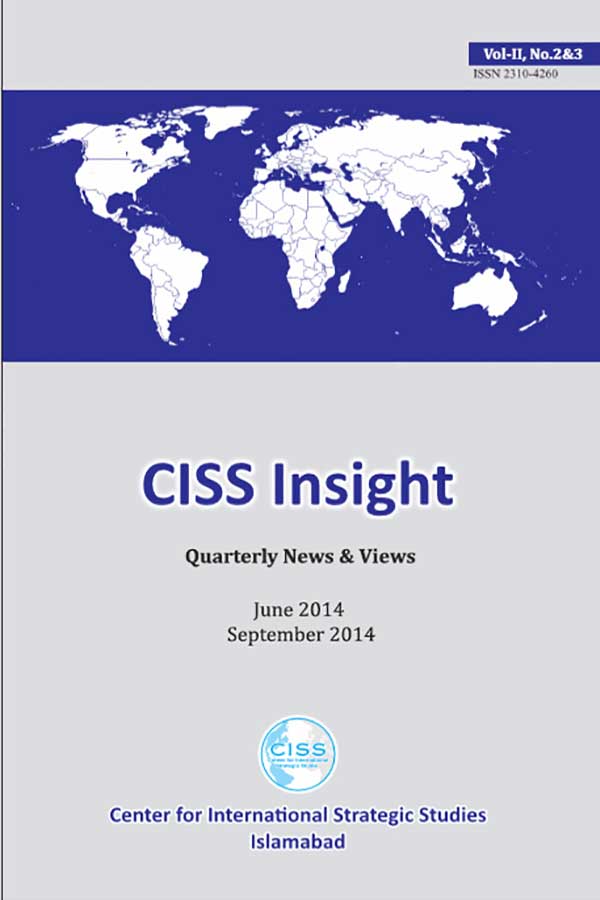Role of Tactical Nuclear Weapons in Deterrence Stability: Comparison of NATO countries and South Asia
Abstract
The security environment of a nuclear state is intrinsically linked to the perceived utility of nuclear weapons as a tool for defense. Tactical Nuclear Weapons/ battlefield weapons can reinforce the credibility of nuclear deterrence if their deterrent value is clearly signaled to the adversary. Furthermore, short-range ballistic missiles may support strategic stability if a causal relationship can be established with all other military factors. The conventional force asymmetry between two adversarial powers deepens the sense of insecurity of the weaker side, forcing it to rely more on nuclear weapons to deter aggression.
Tactical Nuclear Weapons (TNWs) were a late entrant to nuclear/strategic environment in the Cold War era, in early 1970s, but they played a significant role in strengthening deterrence and avoidance of war between the adversaries. TNWs have also been introduced in South Asia in the last few years. This article attempts to study the role of TNWs in strengthening deterrence in South Asia by comparing their role with their deployment in NATO countries during the Cold War.

